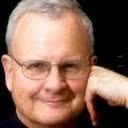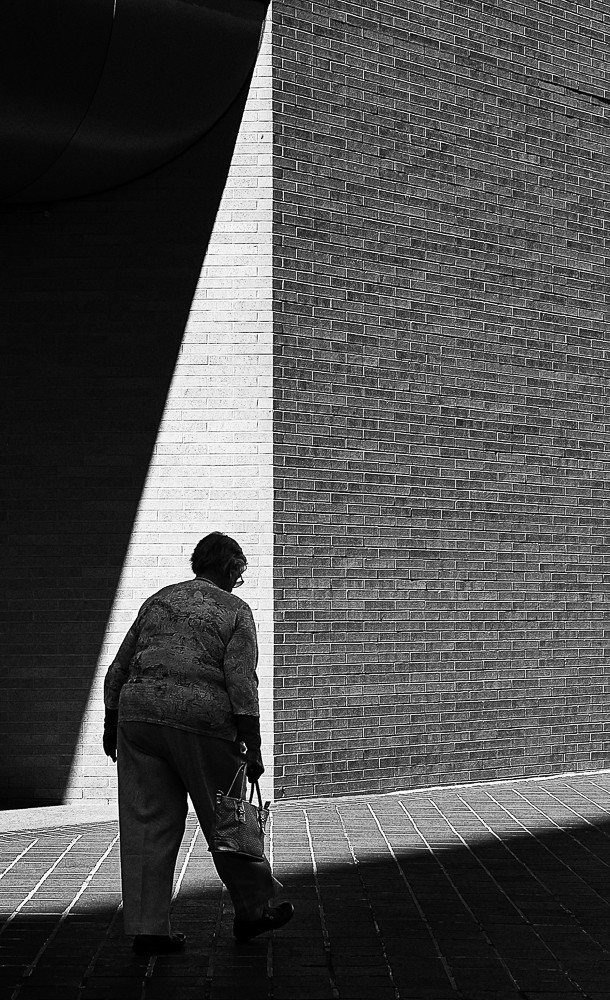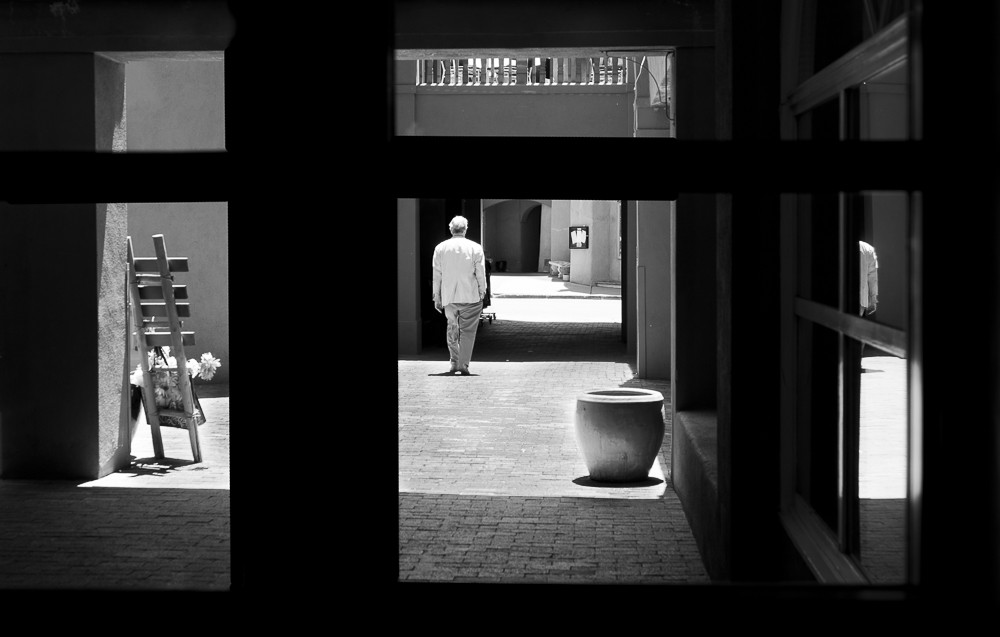 Carleton Thomas Anderson is a 74 year old retired physician interested in photography, design, writing and history. He and his wife Anne call Lexington home. They have two children and two grandchildren. “My main diversions are horses, bicycling, Nepalese food and reading,” says Anderson. “We watch West Wing every election cycle hoping to rekindle our optimism. We are currently watching it for the fifth time.”
Carleton Thomas Anderson is a 74 year old retired physician interested in photography, design, writing and history. He and his wife Anne call Lexington home. They have two children and two grandchildren. “My main diversions are horses, bicycling, Nepalese food and reading,” says Anderson. “We watch West Wing every election cycle hoping to rekindle our optimism. We are currently watching it for the fifth time.”
UnderMain was tipped about Anderson’s work in blending photography, art and video by Neil Kesterson, owner of Dynamix Productions in Lexington, the studio where much of the audio you will soon hear was recorded. Kesterson mentioned that Anderson had been engaged in a unique pursuit: discovering the elements of street photography, his genre of choice, in the paintings of certain noted artists.
We were intrigued. Questions followed.
UnderMain: What inspired you to take up street photography?
Anderson: To me the best portraits are of people unaware of the camera. On the street there is a greater chance for such candid shots. Also, the street is a public place where the photographer has a great deal of latitude about what is permitted. I’ve been inspired by street photographers like Saul Leiter and Vivian Maier. What I’ve learned from them over the years is that I have to spend a great deal of time walking to get very few photographs of any value. This is just the nature of the beast.
UnderMain: What’s in your camera bag?
Anderson: A Sony a6000 with Sony 24 mm f1.8
UnderMain: In what ways has the pursuit of an interest in street photography served you?
Anderson: Street photography has definitely made me a better person because I’ve had to decide what photographs of people should be made and what photographs should not be made. I’m talking about ethical choices. Do you take a picture of a homeless person? Do you take a picture of a person in a vulnerable situation? Are you simply taking a photograph to exploit somebody else? The photographs I take must reveal something important about the human condition or something interesting about the built environment of the street (architecturally interesting shots).

UnderMain: What do you strive for in the images that you capture?
Anderson: Trying to find something interesting to reveal about the human condition is one of the most difficult kinds of photography there is. I’ve learned to be less fixated on what camera I have and what settings I’m using and more attentive to what my eye sees. I want to see something spontaneous, revealing, and visually interesting. This takes a lot of work.
UnderMain: Is there a connection between your interest in street photography and the concept of the videos you have produced about certain artists and their works?
Anderson: During the Great Depression the United States government funded a project where photographers would fan out across the country and photograph the effects the depression was having on people. These photographs are public and available to anyone to use for whatever purpose. They can be obtained from the Library of Congress website. As a result of this easy access I spent a lot of time looking at the photographs and grew to value the work of some of the photographers. To make a video I needed not only the photographs but other material that would make for an interesting story. In the 60s the government funded interviews with some of the depression era photographers and this provided narrative for a video about the photographers work. The three most interesting photographers were Ben Shahn, Dorothea Lange, and John Vachon. For John Vachon I had letters he wrote home from the field to his wife Penny. These letters together with material from interviews provided the basis for his video. In the course of getting permission to use John’s letters I had an opportunity to speak with his daughter, Ann. This added further context. All these government photographs were taken out in the field and on the street so they fit beautifully with my interest in street photography.
[aesop_video width=”70%” align=”center” src=”youtube” id=”4cuEwDSuDhw” loop=”off” autoplay=”off” controls=”off” viewstart=”off” viewend=”off”]
UnderMain: What motivates you to produce these videos?
Anderson: I’m very curious about these photographers I mentioned. Making a video answers a lot of my questions about their lives and gives me insight into their art. Without the video I wouldn’t really have a firm grasp on what they were trying to accomplish. The videos on Édouard Manet and Edward Hopper interested me because they were paint artists who focused a lot of their attention on street images and had interesting lives. In particular the video on Edward Hopper includes a lot of material from letters his wife, Josephine, wrote about their marriage and his art.
[aesop_video width=”70%” align=”center” src=”youtube” id=”6WU14mpk44o” loop=”off” autoplay=”off” controls=”off” viewstart=”off” viewend=”off”]
UnderMain: What’s the criteria used to select the artists portrayed in the videos?
Anderson: The artists I selected had to have interesting stories to go along with their photographs. Their personal stories have to add to our understanding of their art.
[aesop_video width=”70%” align=”center” src=”youtube” id=”ApRv3jEFxsU” loop=”off” autoplay=”off” controls=”off” viewstart=”off” viewend=”off”]
UnderMain: How many videos have you produced?
Thirteen.
UnderMain: Can you briefly describe the process you follow in putting them together?
Anderson: First, I have to write the narrative keeping in mind what photographs or artwork I have available to use. I then use the images over the narrative to tell the story. Next, I select music appropriate to go along with the finished video. I have used my own voice for many of these. In the Dorothea Lange video my wife, Anne, provided the voice for Dorothea.
[aesop_video width=”500px” align=”center” src=”youtube” id=”6WU14mpk44o” caption=”Written by Carleton Thomas Anderson – Jo Hopper played by Laurie Genet Preston ” loop=”off” autoplay=”off” controls=”off” viewstart=”off” viewend=”off”]
However, once I learned about the availability of professional voice talent in Lexington from my friend Neil Kesterson and the services his studio (Dynamix Productions) could provide me I began using professional voices. I’ve never looked back. It will have to be professional voice talent from now on.
UnderMain: Favorites among them?
Anderson: Ben Shahn and Dorothea Lange. The two videos about the paint artists, Edward Hopper and Edward Manet are particular favorites.
[aesop_video width=”70%” align=”center” src=”youtube” id=”GGIvXoSOZ4Q” loop=”off” autoplay=”off” controls=”off” viewstart=”off” viewend=”off”]
UnderMain: Do you plan to continue? If so, what other artists are on your “to do” list?
Anderson: None, right now. I’ve taken time off from photography to write a novel about the Great Depression inspired by my immersion in the photographs from this fascinating era in American History.





